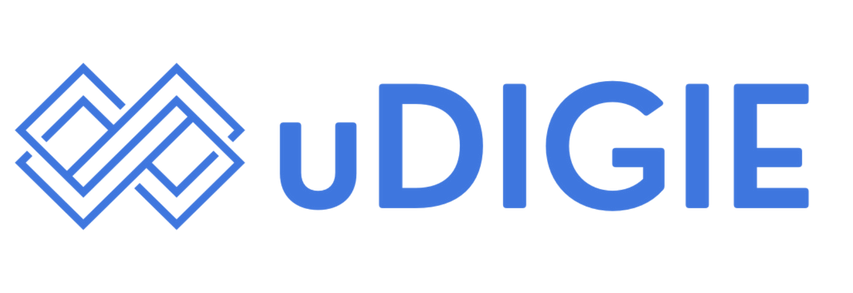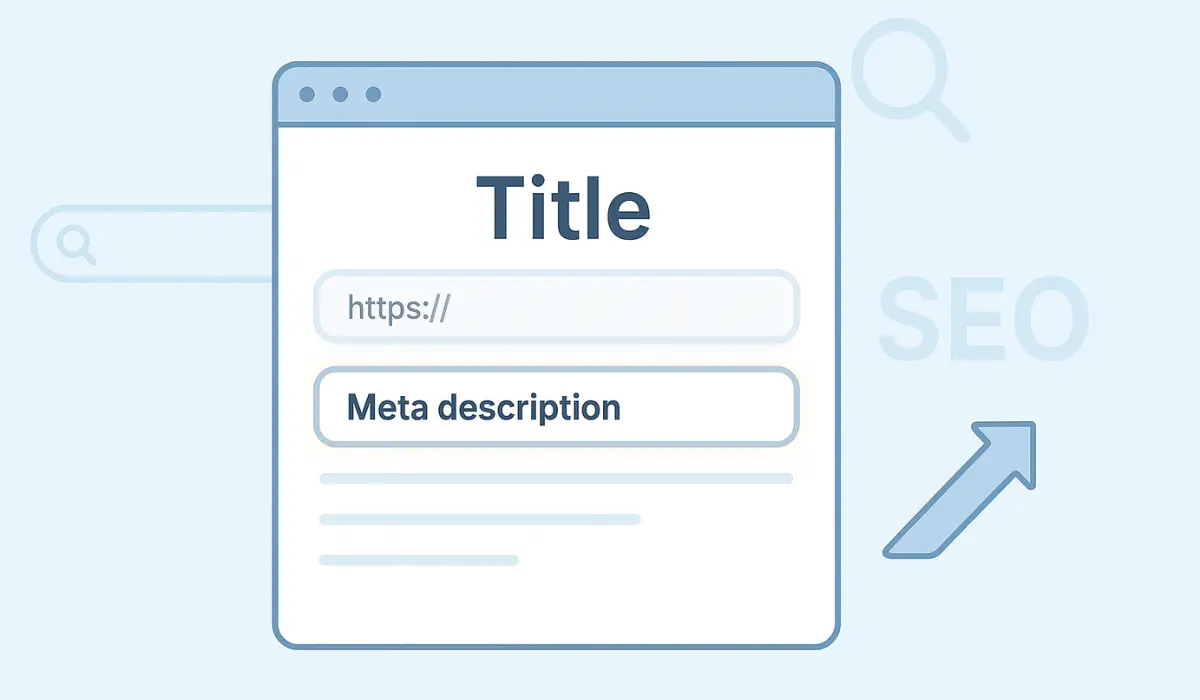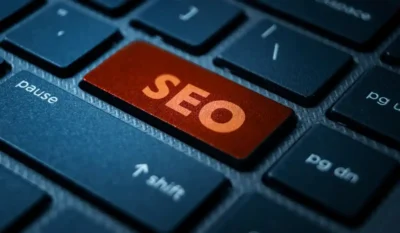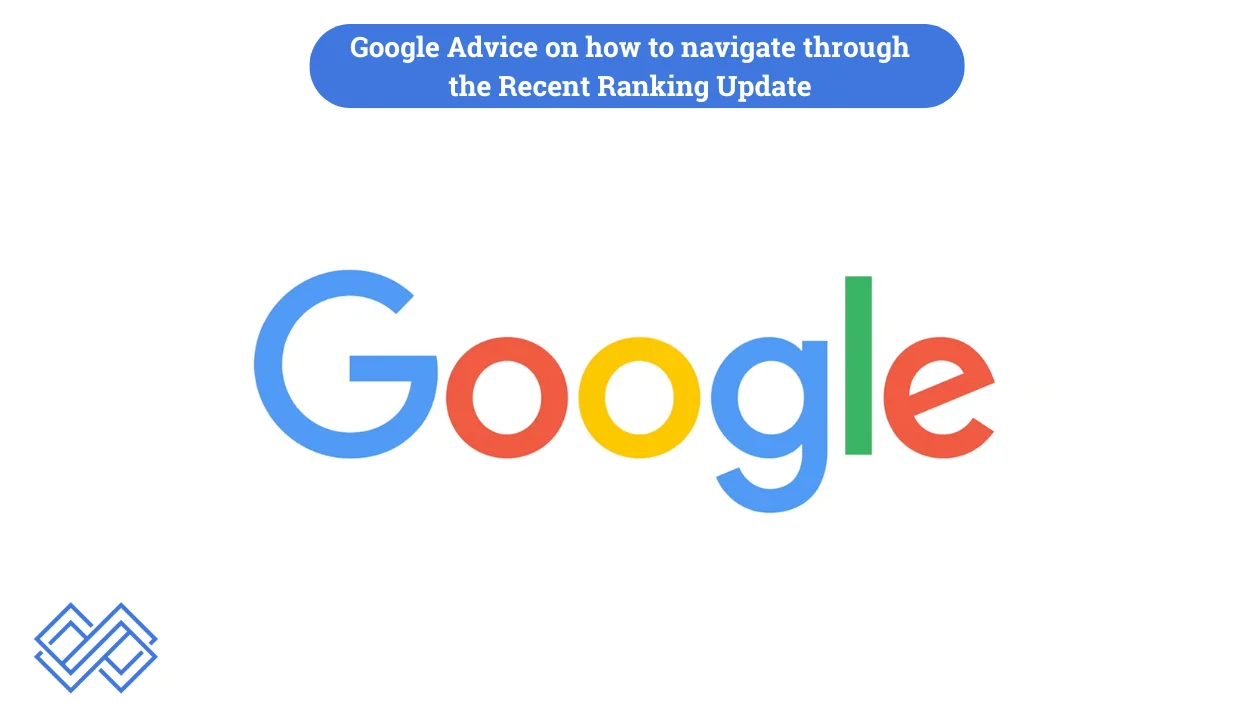When you’re trying to rank higher on search engines (such as Google, Bing, Yahoo, etc.) and optimising your page for On-Page SEO, then it’s easy to get lost between different kinds of SEO tips and tools.
But if you will ask me to pick one on-page element that makes the biggest impact, then it will be the “title tag” every time. It’s small but mighty, and ignoring it can cost you clicks, traffic, and rankings.
Let me help you understand it simple terms.
Table of Contents
What Is On-Page SEO
On-page SEO is everything you do on your own website to help spiders of different search engines understand your content and help users find it. That means editing your titles, meta descriptions, content, and page layout to make it more user friendly. It also means keeping your site fast and responsive on all devices.
You can learn more about On-Page SEO here.
What Are the Key Elements of On-Page SEO
Here is a list of some of On-Page SEO key elements:
- Title tag
- Meta description
- Headings (H1, H2, etc.)
- Body content
- URLs
- Internal links
- Image alt text
- Page speed
- Mobile responsiveness
They all play a role, but they’re not all equally powerful. Some carry more SEO weight than others.
The Title Tag: Your #1 On-Page Priority
The title tag is the text that appears as the clickable link in search results. It also shows up in the browser tab when someone visits your page.
Why does it matter so much?
- First impression: People see it before they even visit your site. If it doesn’t hook them, they scroll past.
- Helps search engines understand your content: It helps search engine spiders to understand what your page is about.
- Affects your click-through rate: A good title gets more clicks. More clicks often lead to better rankings.
- Relevance: A solid, keyword-rich title helps search engines understand that, “This page matches the search.”
What Makes a Strong Title Tag
Writing a good title tag isn’t hard, but it does take intention. Here’s what works:
- Keep it under 60 characters
- Start with your main keyword
- Make it unique for each page
- Write it like a human, not a robot
- Avoid keyword stuffing
Example:
❌ Buy Shoes, Cheap Shoes, Shoes Online, Discount Shoes
✅ Shop Comfortable Running Shoes for Every Budget
The first one tries too hard. The second one gets to the point.
Don’t Stop at the Title Tag
Even though the title tag is your top SEO element, it can’t do everything alone. A killer title might get the click, but what happens after the click is just as important.
Let’s look at the other elements that matter.
High-Quality Content Is Non-Negotiable
A good title tag brings people in. But if the content’s weak, they’ll bounce right out. That tells search engine your page isn’t helpful.
Here’s what makes content strong:
- Answers the user’s question quickly
- Breaks up ideas with headings
- Uses facts, examples, or visuals
- Avoids fluff and repetition
- Reads like a real person wrote it
If your content gives value and keeps people on the page, you’ll earn backlinks, boost engagement, and climb up the rankings.
Meta Descriptions: Your Second Pitch
A meta description isn’t a ranking factor, but it still influences clicks. It’s the short paragraph that shows up under your title in search results.
Think of it like your page’s elevator pitch.
How to write one that works:
- Stay within 150–160 characters
- Use your keyword once
- Explain what users get from clicking
- Don’t mislead or overpromise
People won’t read long blocks of text. Keep it simple and short.
Headings Help Structure and Clarity
Headings (H1, H2, H3) help organize your page. They break up the content, guide readers, and show search engines how topics relate.
- Use only one H1 per page
- Break sections into H2s
- Use H3s for subpoints
- Include keywords naturally
Good headings boost readability, which helps users and search engines.
Internal Links and Clean URLs
Linking to your own content helps build authority. If you have a blog post that expands on a topic, link to it.
Clean URLs matter too. Use short, descriptive links like:
✅ yoursite.com/seo-title-tag
❌ yoursite.com/page?id=12345
This helps users trust your content and lets search engines understand it better.
Page Speed = Better SEO + Better UX
If your page takes forever to load, people will leave. Google notices that and punishes websites.
Aim for load times under 3 seconds. On both desktop and mobile.
Ways to speed things up:
- Compress your images
- Minify CSS, HTML, and JavaScript
- Reduce redirects
- Use reliable hosting
- Enable caching
Speed improves both rankings and experience.
Mobile Optimization Isn’t Optional
Most users search on phones. If your site isn’t mobile-friendly, you’ll lost traffic and ranking both.
So make sure the buttons are tappable, text is readable, and nothing breaks on smaller screens. Basically you need to make sure that your website is responsive on all devices.
A fast, clean mobile site improves SEO and keeps users happy.
Why You Shouldn’t Rely on Just One Element
Sure, the title tag is your strongest player. But SEO is a team sport.
You can have the best title in the world, but if your content sucks, your page is slow, or your site is a mess on mobile, then it won’t rank.
Think of it like this:
- The title tag gets you in the door
- The content convinces people to stay
- The speed and design keep them comfortable
- The meta and structure guide them through
Each part supports the other.
Quick Checklist: How to Optimize Your Page
✅ Title Tag
- Use the main keyword
- Keep it unique
- Stay under 60 characters
✅ Content
- Be clear, helpful, and well-organized
- Use on-page SEO keywords
- Break it up with headings
✅ Meta Description
- Write a short, inviting summary
- Include your keyword
✅ Headings
- Use one H1
- Organize with H2s and H3s
✅ Internal Links + URL
- Link to other helpful pages
- Keep URLs short and readable
✅ Page Speed + Mobile
- Load fast
- Look great on phones
Final Thought
If there’s one on-page SEO element that you absolutely should get right every time, it’s the title tag. It’s your headline, your hook, your digital handshake.
If you get it wrong then nothing else matters. As it won’t be seen.
But SEO doesn’t stop there.
Pair your strong title with content that delivers, a site that loads quickly, and a layout that works on all devices. That’s how you win search rankings, traffic, and trust.
